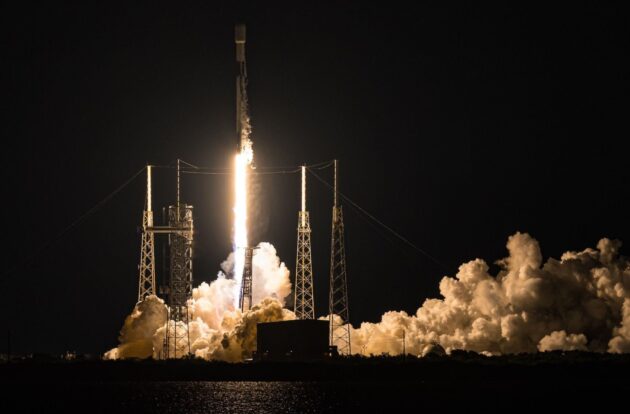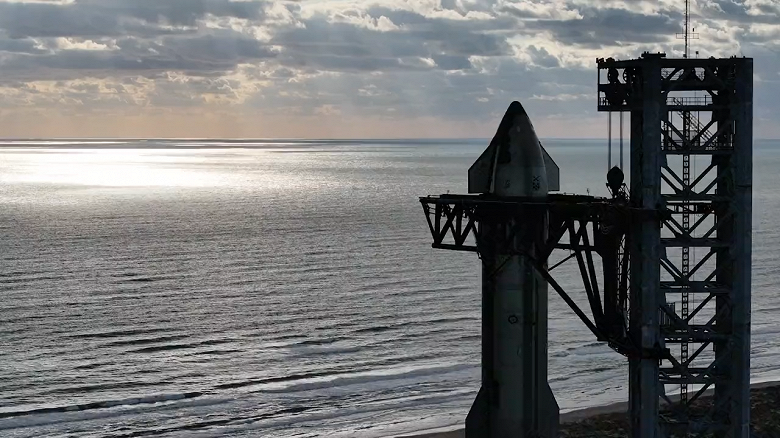Starship SN10 fire tests reveal a problem with one of the engines – SpaceX will replace it
SpaceX has conducted fire tests of three Raptor engines of the next prototype of the Starship spacecraft, designed to launch at an altitude of more than 10 km – the chances of launching before the end of the week are higher. The engines fired up today at 2:03 am Moscow time and ran for a few seconds.










